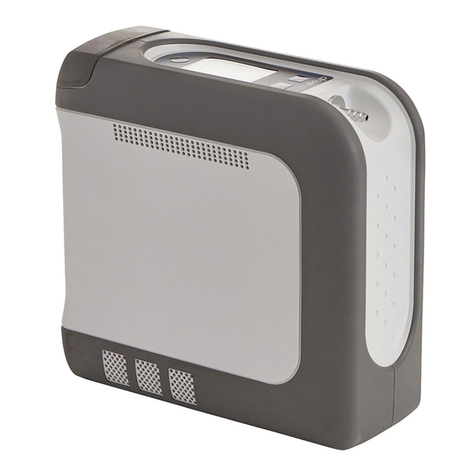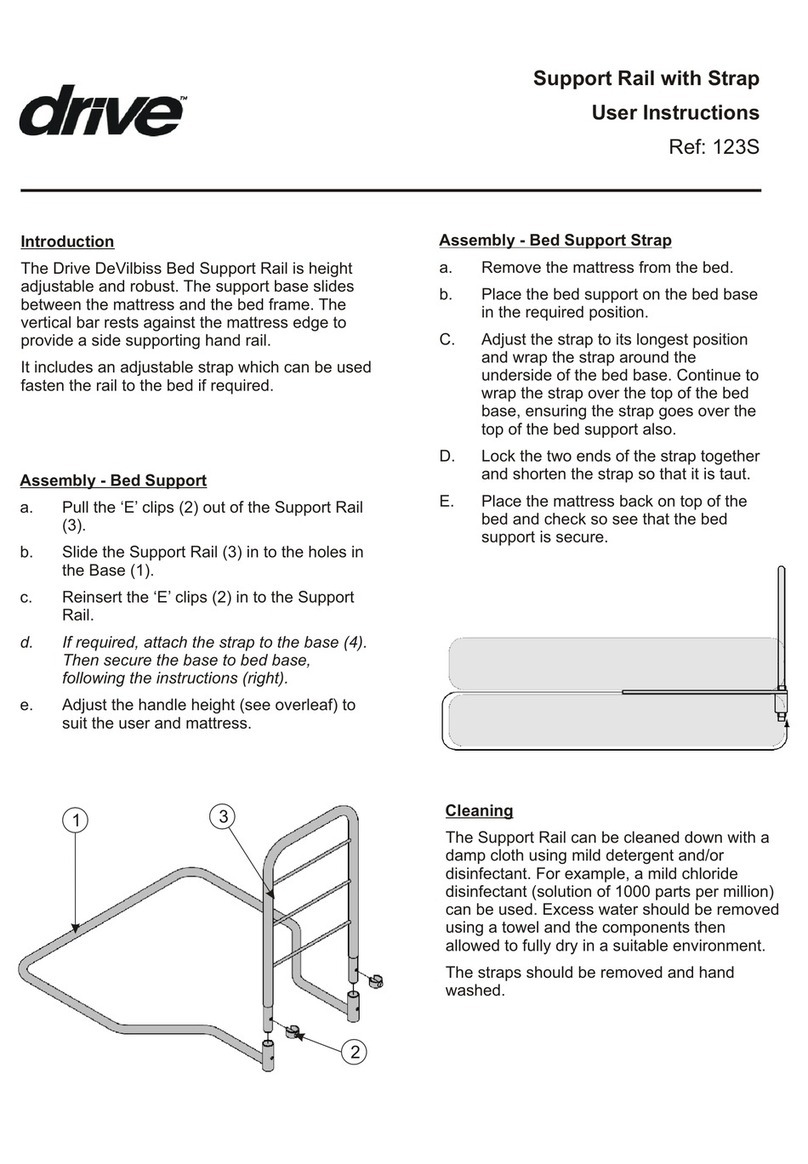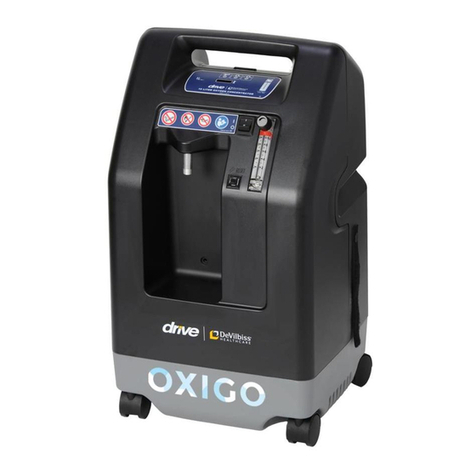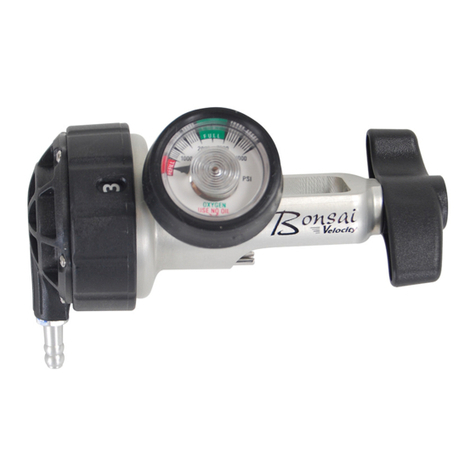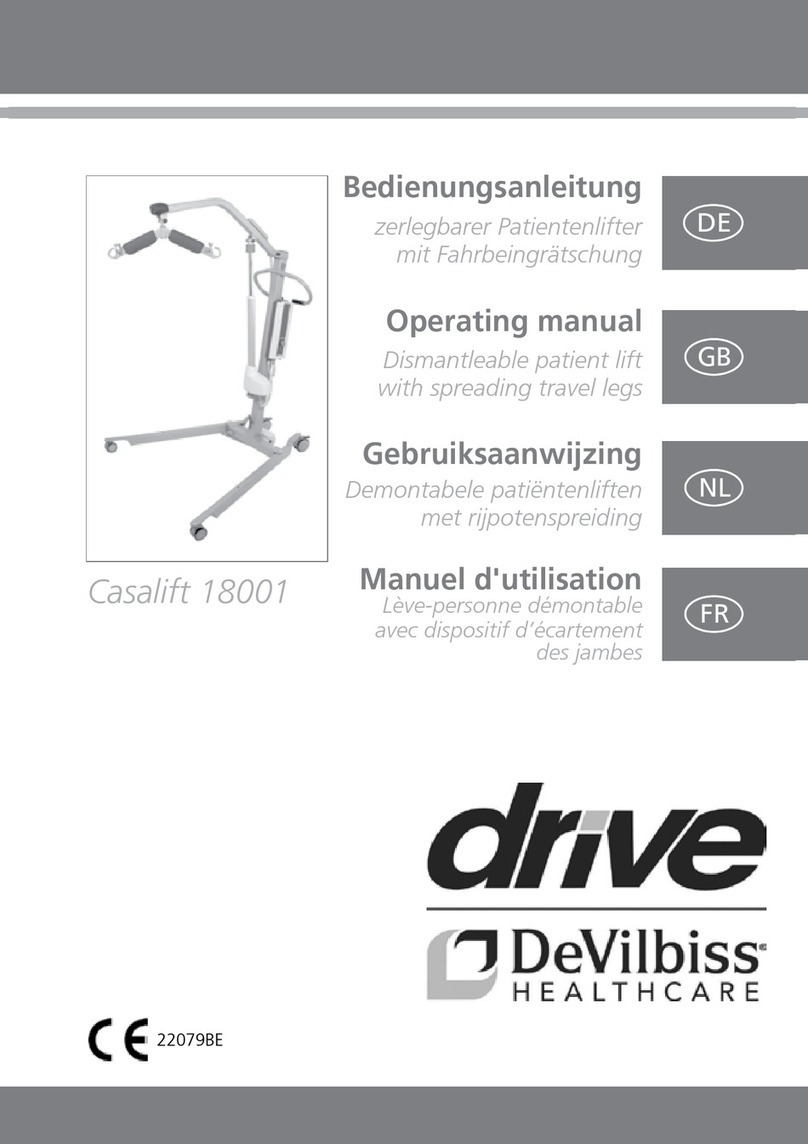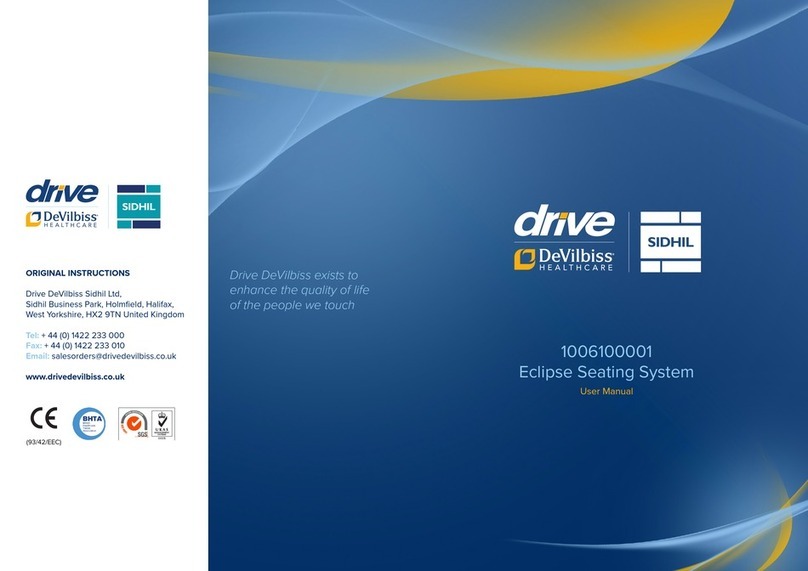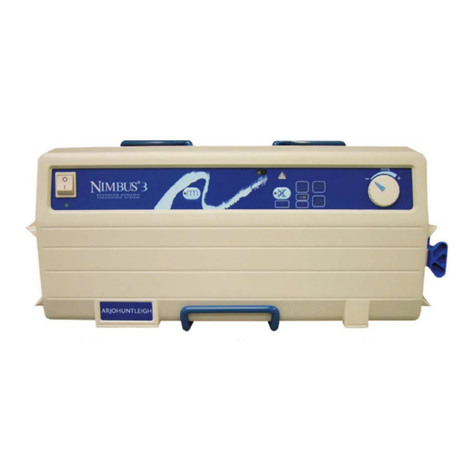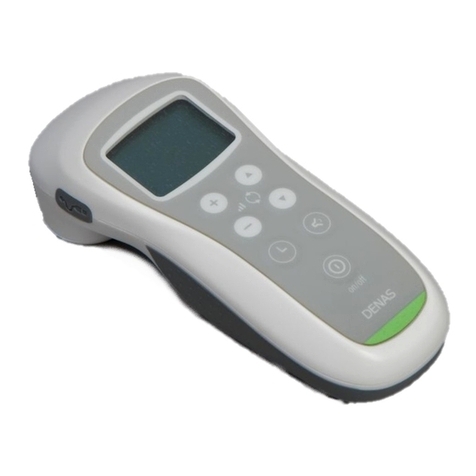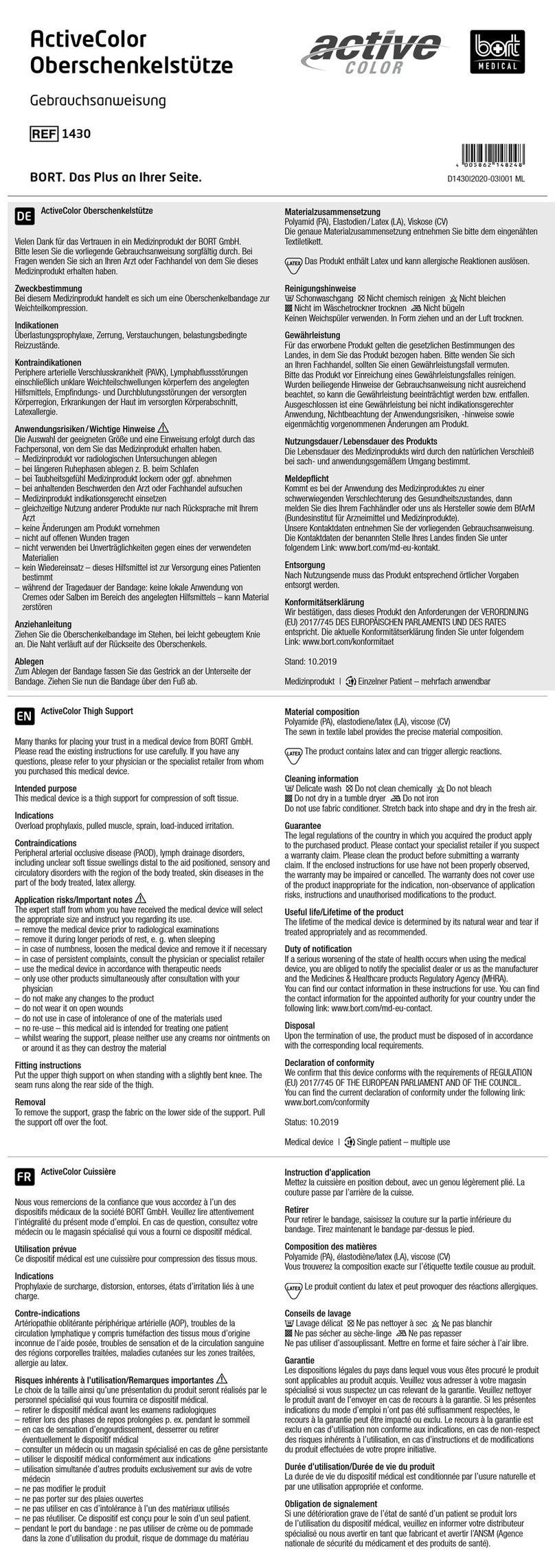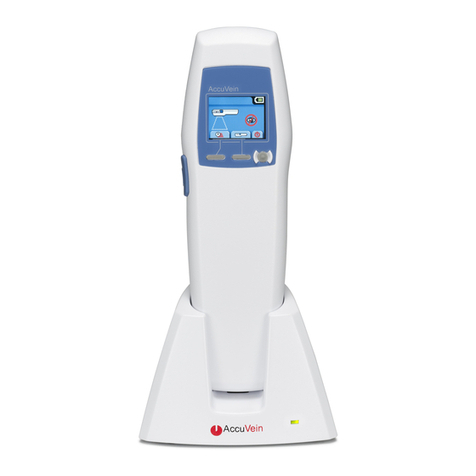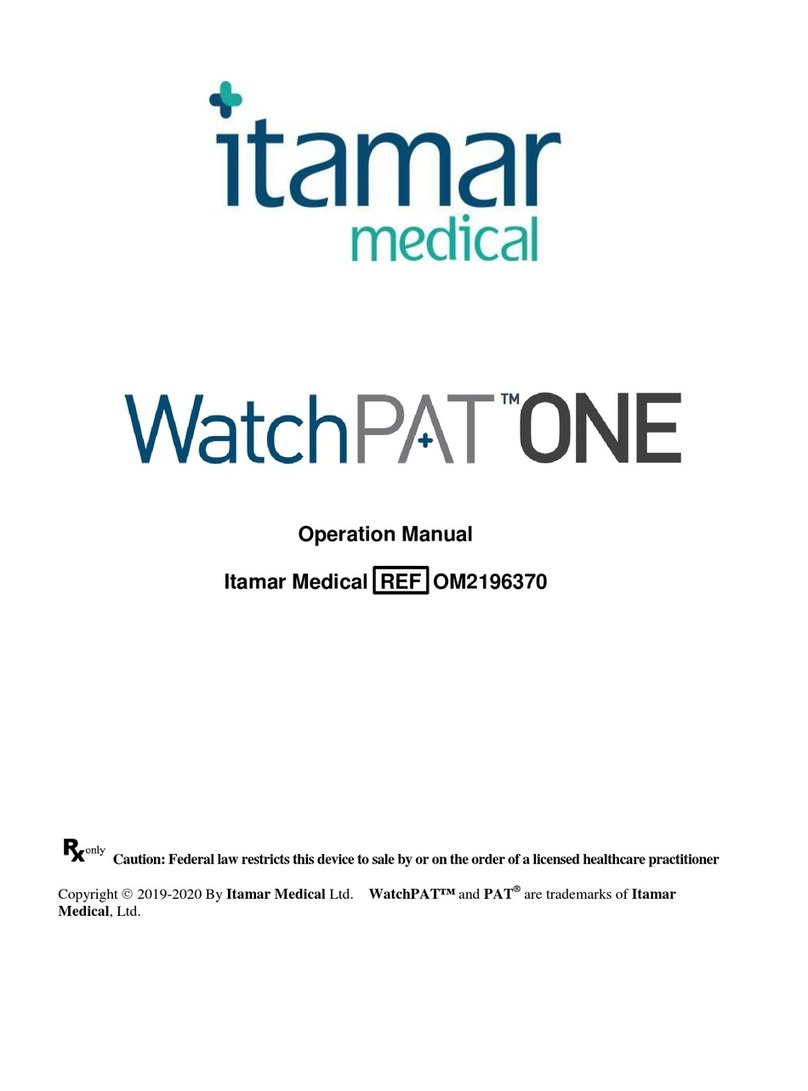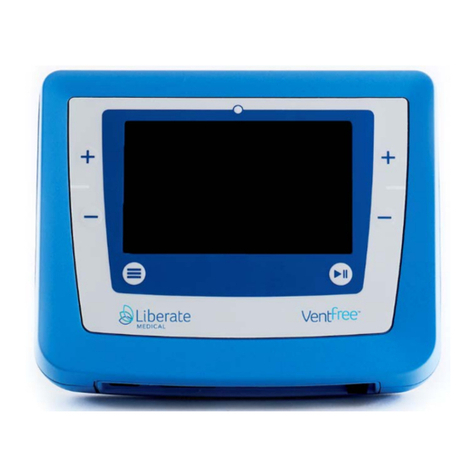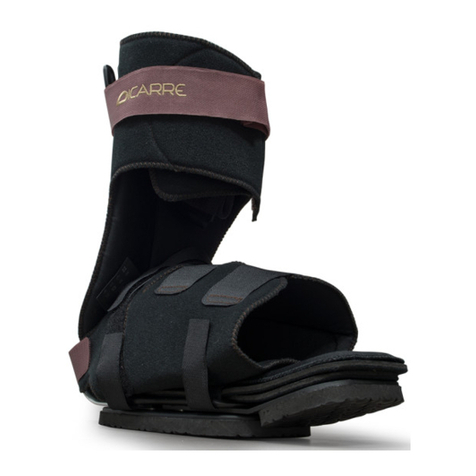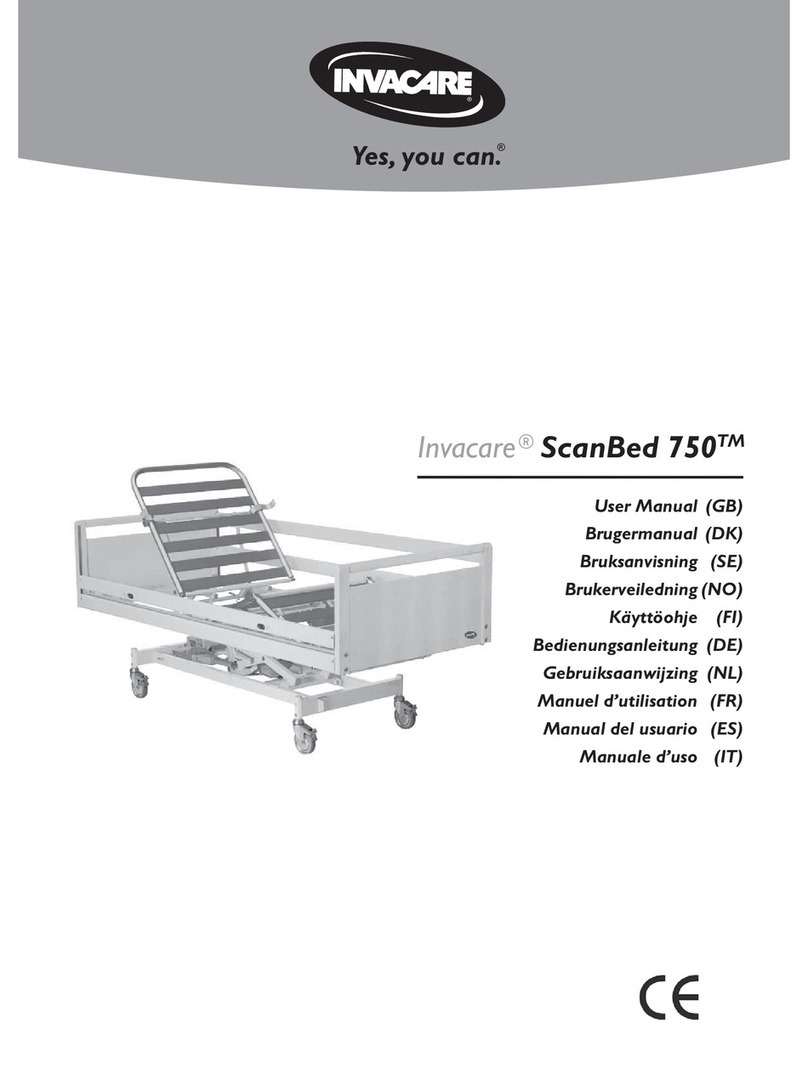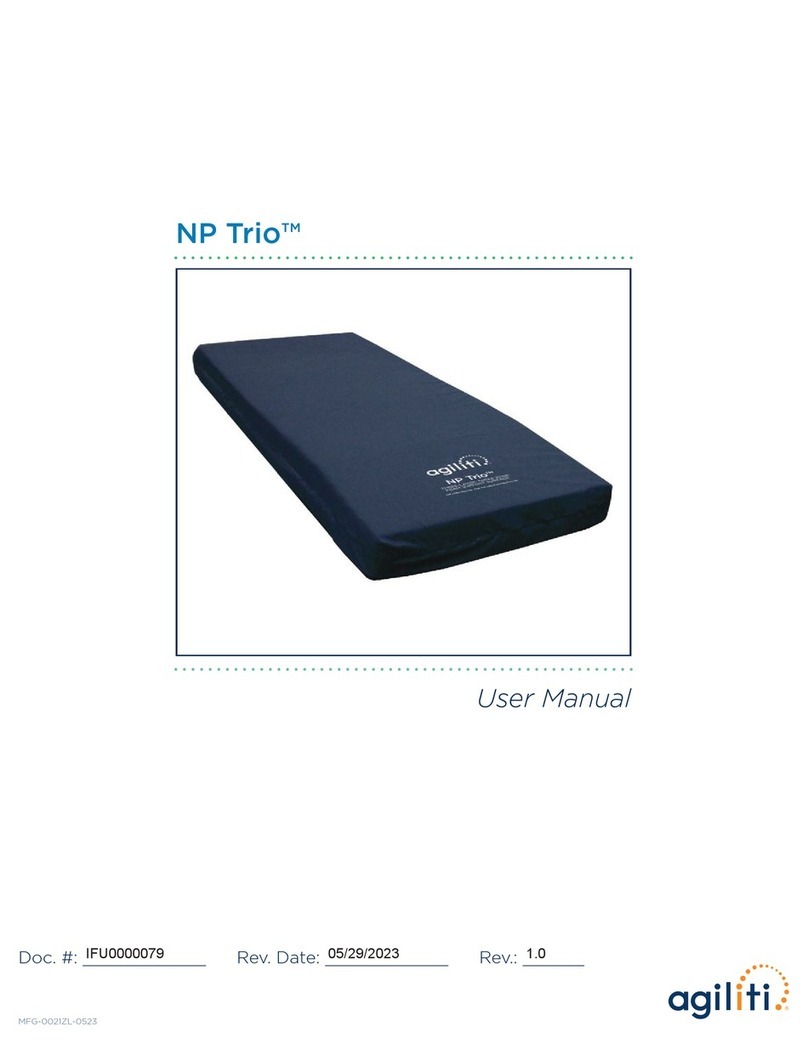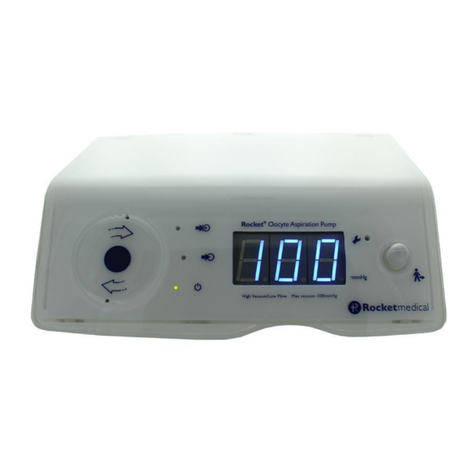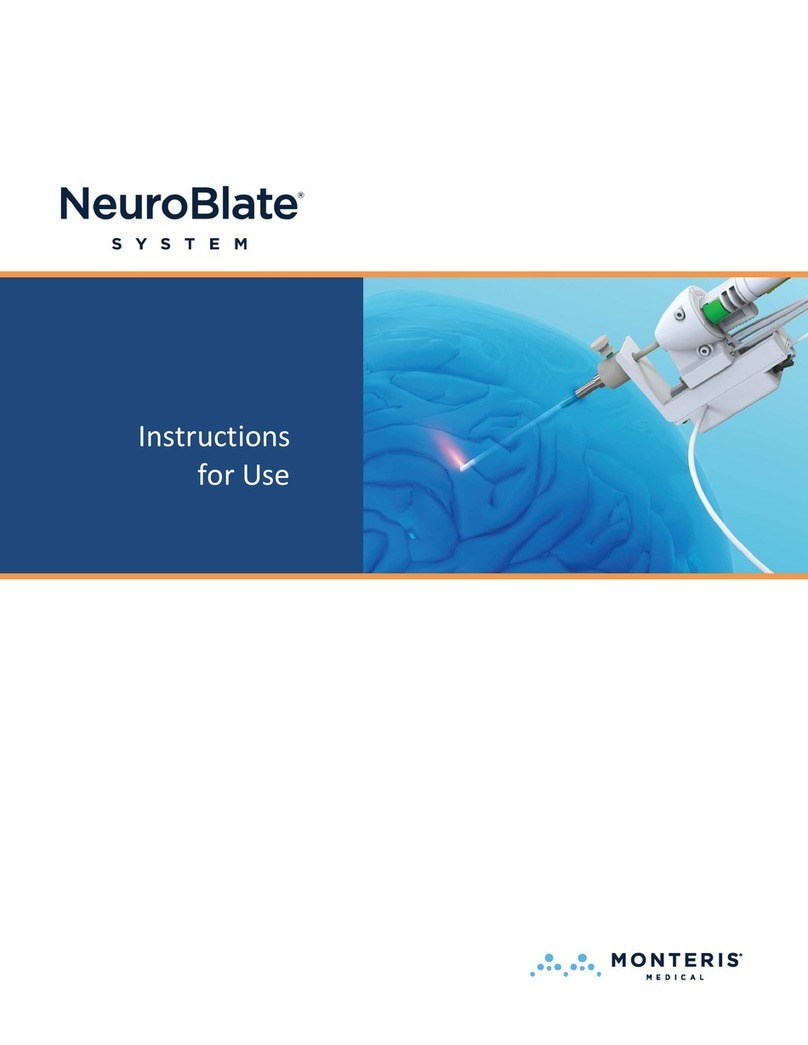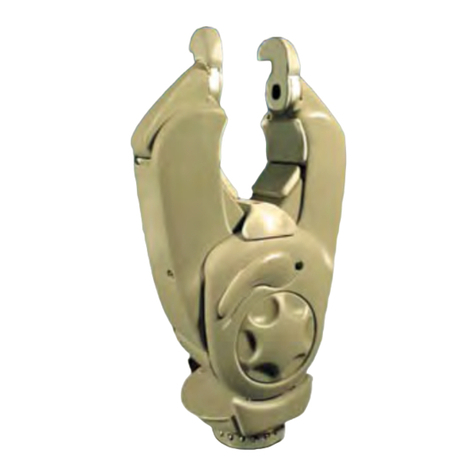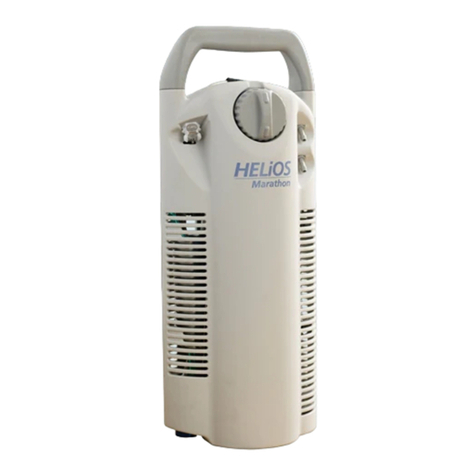
USER AND MAINTENANCE MANUAL FOR
Integra et Selectis
SHELL SEATS
6
to do it :
lRegularly dust and clean.
lUse soapy water, and then rinse with clean water, but not excessively.
lRemove all the stains as fast as possible.
lRegularly remove the sweat marks.
lAvoid prolonged exposure to any heat source.
lDo not use undiluted alcohol, solvents, detergents, corrosive
cleaning products, perchlorethylene, waxes, trichlorethylene.
lTo remove or reduce any stubborn stain, use bleach or 10%
alcohol diluted in water, and then rinse with clean water, but
not excessively.
Some stains can be reduced, though not removed, after clea-
ning, such as for example, ink, some medical products, coee,
wine, alcohol, urine, blood, food, chocolate, ketchup, etc., and
some colorants used for clothes such as jeans. The colorants of
those materials migrate into the fabric mass, and then it is impos-
sible to totally remove them. Drive deVilbiss healthcare France
is not liable for residual stains resulting from outside pollutants.
VII - MAINTENANCE
Regular revisions are necessary for the chair works properly, and
for the user’s security. The time period between two revisions
depends on the use conditions, but should never exceed one
year. If the chair is intensively used, it is then necessary to revise
it much more frequently.
Frequently lubricate the hinge pins to avoid any mechanical
noise.
7.1) Disinfecting
If necessary or in case the user is not the same, it may be necessary
to disinfect the chair.
Disinfecting is performed with detergents and disinfecting solutions
sprayed on the external chair areas. It is a foaming solution that
does not require rinsing, but only drying. There are dierent
providers. Our internal services use ANIOS solutions.
VIII - YEARLY MAINTENANCE, REPAIRING,
WARRANTY
Maintenance and repair procedures do not require any particular
tool. These procedures should be performed by skilled sta.
There is no particular process to perform, the good engineering
practice applies.
Only the original parts provided by Drive DeVilbiss Healthcare
France can be used to repair a Drive DeVilbiss Healthcare France
chair. Any change or repair performed with parts coming from
another source cancels the warranty; Drive DeVilbiss Healthcare
France disclaims any liability in case of injury or accident.
The user must have the chair controlled, at least once a year, by
an approved engineering centre.
8.1) Main procedures
lCheck all the fastenings and hinge pins with systematic repla-
cement of the loosened nylstop nuts and worn screws (damaged
thread, reduced screw section, and rust traces).
lLubricate the hinge pins.
lControl of all welding, and systematic replacement of the parts,
whose welding has cracks, come o, tear o, the twisted, out-
of-shape, or buckled parts should systematically be replaced. If
some paint comes o or flakes away near a welding, this may
mean the welding has a defect or begins to break. Go into detail
with this control when the chair is in a bad general condition or
when the treads have chock signs or deep cuts.
lInspection of the wheels equipped with brakes and systematic
replacement if their performance is uncertain.
lCheck of the locking and adjusting systems; systematic repla-
cement if they do not work properly and if there is a risk for the
user’s or the accompanying person’s security.
lCheck the axial and radial play of the wheel pivot is minimum
and there is no abnormal noise when they are rotating.
lInspection of the wheel tyre treads with systematic replacement
if they are cut, cracked, torn, crackled or too worn (flat on the
outside).
lControl of the upholstery, with systematic replacement if the
sewing is undone, if the cloth is torn, cut, with holes or worn.
lCheck of the footrest plate (option) with systematic replacement
if it is bent.
After these controls and adjustments, check the chair and its
accessories functionality (if applicable): wheel rotation, braking,
rolling, shell angle, and chair stability.
If the chair is equipped with an electric cylinder, check this latter
properly works.
CAUTION: Carefully check the power supply cord, the
supply box, and the remote control. Any sign of wear and
tear, cut or gash should lead to a systematic replacement.
For any additional information, please contact your Customer
Service or your distributor.
Any procedure should be registered in the chair service warranty
book.
8.2) Accessories
Only use accessories exclusively provided by Drive DeVilbiss
Healthcare France and compatible with the chair.
8.3) Storage
Before storing the chair for a long period, clean it totally, and
check its performance. Store it in a dry place, away from dust
and humidity. When commissioning, after storing, check its per-
formance before any use.
8.4) Chair service life and end of life
The chair service life is 5 years, provided the guidance and use
conditions are met, and the chair is maintained at least once a
year, as indicated.
Do not dispose of the chair or its accessories when they cannot
be used anymore. Send them to an approved waste treatment
centre.


